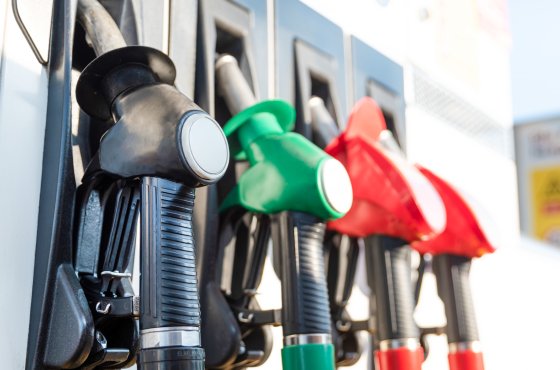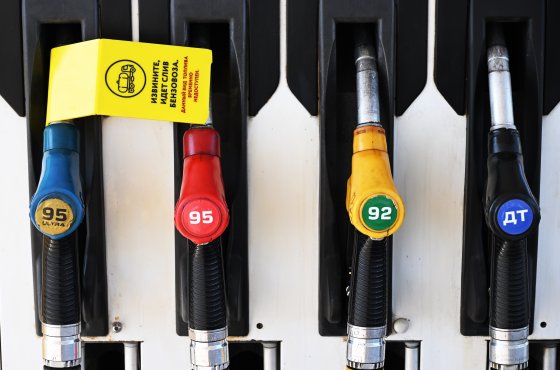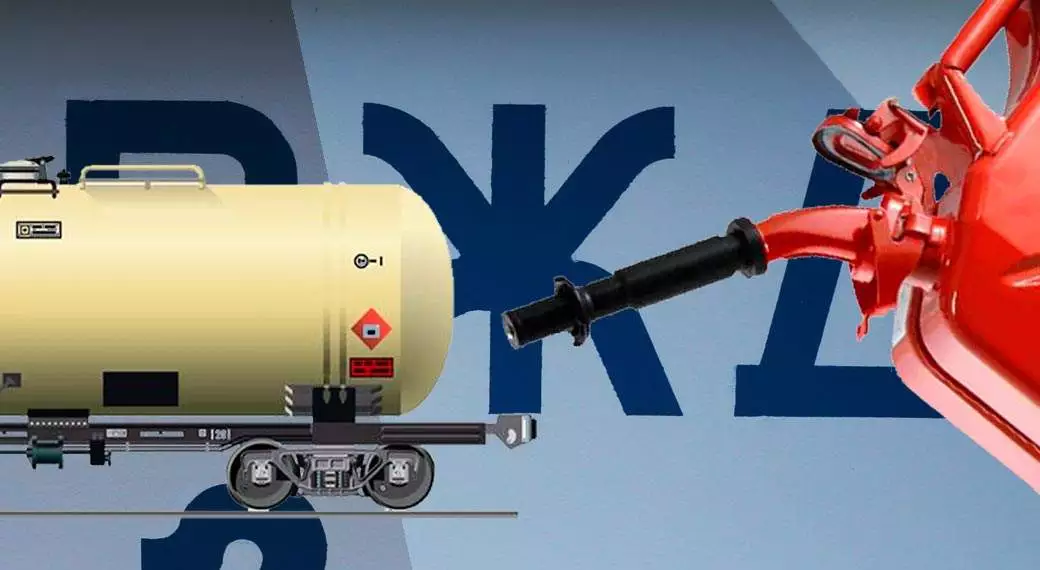At the beginning of September, the price for a ton of AI-95, one of the most popular unleaded fuels in Russia, surged to over 82,000 rubles (about 826 euros), reaching record levels, according to data from the Saint Petersburg Stock Exchange.
Since the summer started, social media has been flooded with videos capturing long lines at gas stations in Russia's Far East, Crimea—a region annexed from Kyiv in 2014—and certain southern regions close to Ukraine, all due to fuel shortages.
On Wednesday, the publication “Izvestia” reported “supply disruptions” in “more than ten regions” of Russia, one of the world's largest oil producers.
Affected Refineries
In Moscow, the showcase of Russia, there is no shortage, but due to price increases, a liter of unleaded 95 gasoline costs over 66 rubles (0.67 euros). This price, while still significantly lower than in many European countries, surprises Russian consumers who are accustomed to cheap fuel and who have relatively low average incomes.
Artyom, a Moscow resident who preferred to remain anonymous, has been watching these increases "since the beginning of the year." "For ordinary people, an increase of 300-400 rubles per tank (3-4 euros) starts to become noticeable," he says.
Igor Yushkov, an analyst at the National Energy Security Fund, notes on the “Gazeta.ru” website a rise in excise taxes (indirect taxes) of “about 16%” since January and a reduction in subsidies for oil companies.
This is because, as energy expert Sergey Teryoshkin explained to AFP, “the lower the subsidies, the lower the profitability,” which compels oil companies to “pass these losses onto retail prices.”
Demand has surged due to vacations and agricultural machinery.
Moreover, the blows to refineries and oil depots, which Ukraine has intensified to hit Moscow's wallet and hinder its offensive financing, remain significant.
“Strikes have been directed at major oil refineries in the European part of Russia,” specifically in the Samara, Ryazan, Volgograd, and Rostov regions, according to Alexander Kots, a Russian journalist specializing in military affairs, on Telegram.
"Nothing!"
According to the Ukrainian General Staff, one such attack in mid-August targeted the Syzran Oil Refinery in the Samara region. The facility is located more than 800 km from the Ukrainian border. Kyiv positions it as “crucial in the Rosneft system”—the Russian hydrocarbon giant.
Moscow has not fully assessed the scale of the consequences of these strikes; however, analyst Maxim Dyachenko in the newspaper “Kommersant” mentions a production drop of “almost 10%” since the beginning of the year.
“This is nothing!” says Moscow businessman Alexander as he fills up the tank of his German sedan. “One sip, two sips, three sips—this is nothing for the market as a whole, nor for prices.”
“The country needs money. Increasing gasoline prices is a way to boost state revenues,” states Vladimir, a 50-year-old Moscow resident.
In an effort to stabilize the situation, Moscow has extended the ban on “automobile gasoline exports” until the end of October.
Russia also remains a major exporter of crude oil, the export of which the West aims to suppress in order to dry up one of Moscow's key funding sources for its offensive in Ukraine—a country that sees the European Union as its main ally.
Source: France24




